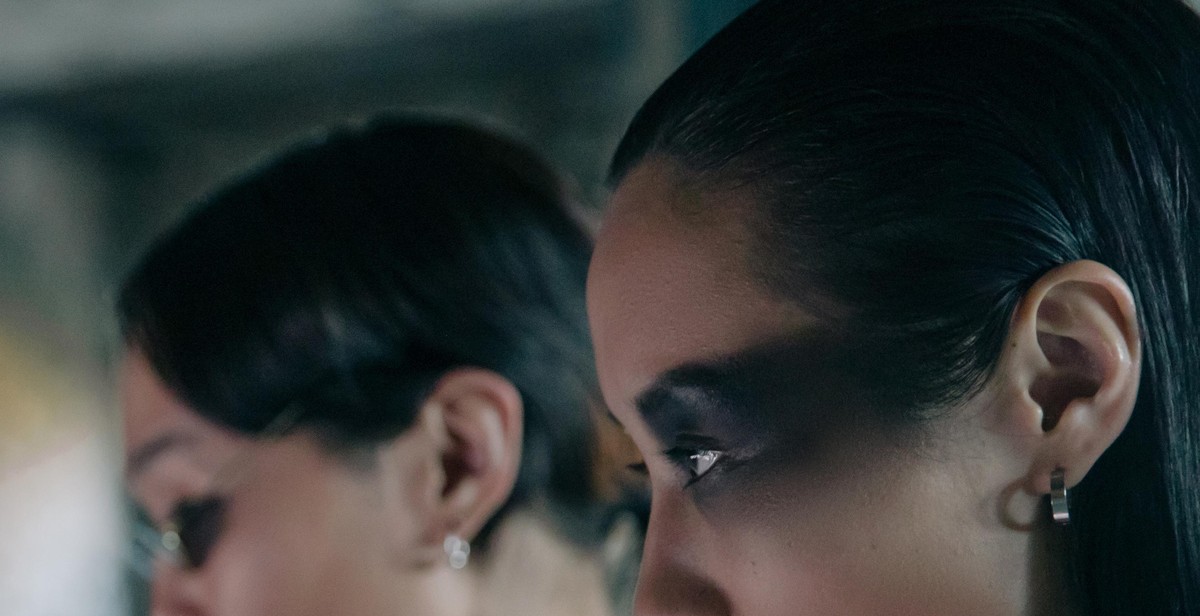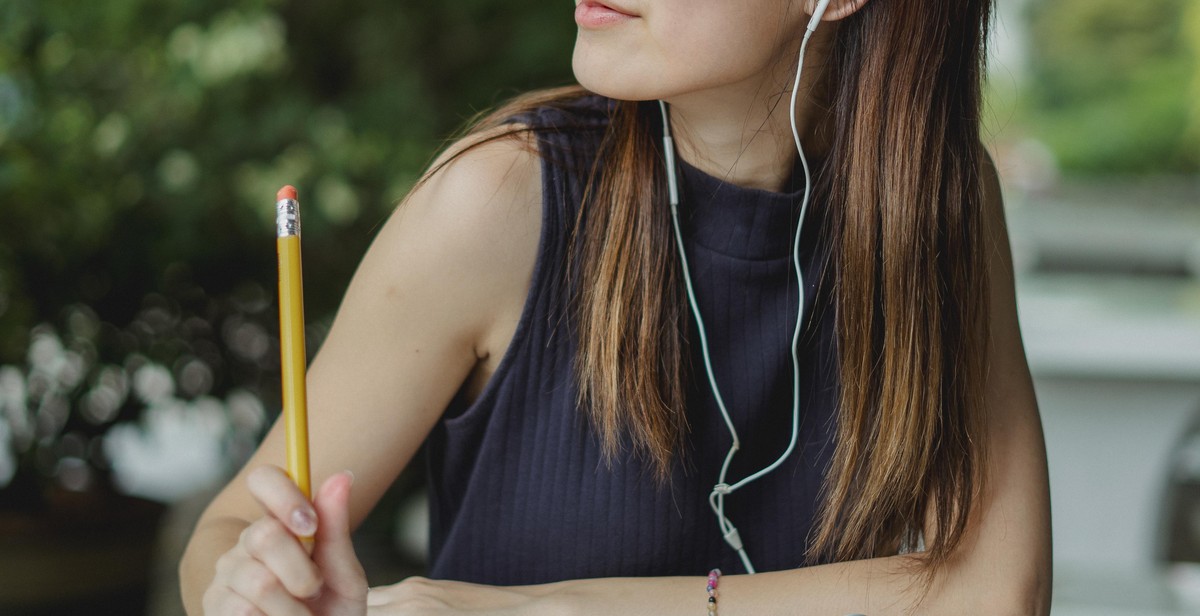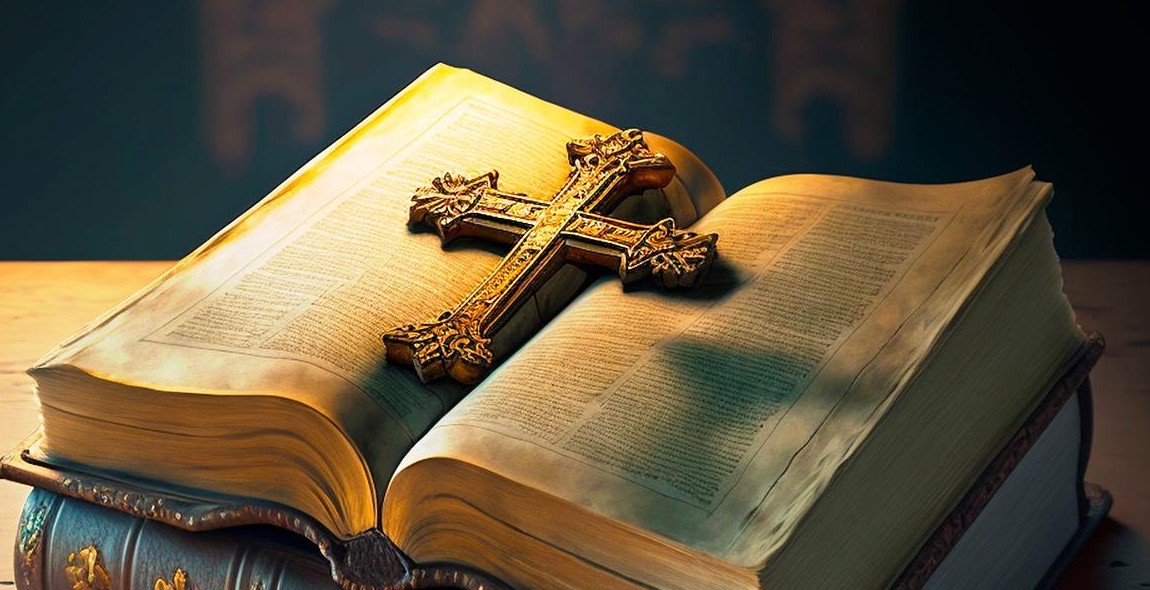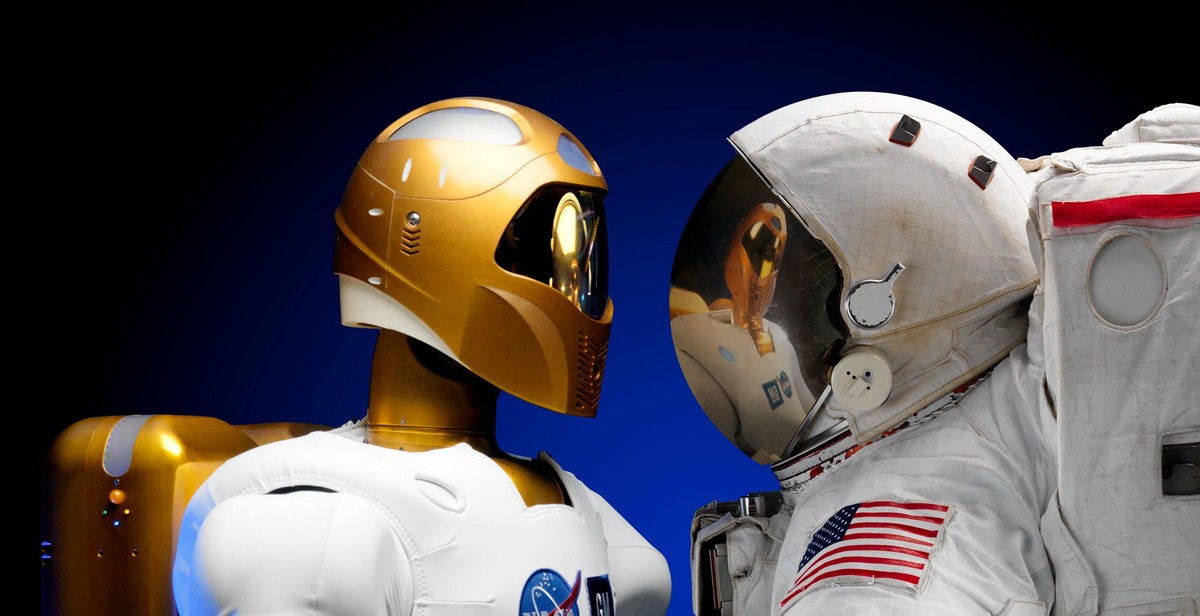The Growing Presence of AI in Art and Creativity
The use of Artificial Intelligence (AI) has grown significantly in recent years, and it is now making its presence felt in the world of art and creativity. AI is being used in various ways to enhance the creative process and bring new ideas to life. From generating music and creating artwork to writing poetry and designing fashion, AI is changing the way we think about art and creativity.
AI in Music
One of the most significant developments in the use of AI in art and creativity has been in the field of music. AI algorithms can analyze large amounts of data to identify patterns and create unique compositions that would be difficult for a human musician to produce. This technology is being used to create music for films, video games, and other forms of media.
AI in Artwork
AI is also being used to create artwork in various forms. AI algorithms can analyze images and create new works of art based on the data they collect. This technology is being used to create everything from abstract paintings to realistic portraits.
AI in Fashion
AI is also making its presence felt in the world of fashion. Fashion designers are using AI algorithms to create new designs and predict future fashion trends. This technology is being used to analyze consumer data and identify patterns that can help designers create more fashion-forward designs.
Overall, the growing presence of AI in art and creativity is changing the way we think about these fields. As AI technology continues to evolve, we can expect to see even more innovative uses of AI in art and creativity in the future.

The Role of AI in Art
Artificial intelligence (AI) has been making its presence felt in many industries, and the art world is no exception. With AI, artists can explore new creative possibilities and push the boundaries of traditional art forms. Here are some ways AI is currently being used in the art world:
Generating Art
One of the most exciting applications of AI in art is its ability to generate new art. AI algorithms can analyze vast amounts of data, including images, music, and text, and use that information to create new and unique pieces of art. This technology has the potential to revolutionize the art world by providing artists with an endless source of inspiration.
Generative adversarial networks (GANs) are one type of AI algorithm that is particularly good at generating art. GANs consist of two neural networks that work together to generate new images. One network generates images, and the other network evaluates them to determine if they are realistic. Over time, the generator network becomes better at creating realistic images, resulting in increasingly sophisticated and convincing art.
Assisting Artists
AI can also be used to assist artists in their creative process. For example, some artists use AI algorithms to help them choose color palettes or create sketches. AI can also be used to analyze an artist’s work and provide feedback on composition, lighting, and other elements. This feedback can help artists improve their work and refine their artistic vision.
Creating Interactive Art
AI can also be used to create interactive art installations that respond to the environment or the people interacting with them. For example, an artist could use sensors and AI algorithms to create a sculpture that changes shape or color based on the movements of people around it. This type of art blurs the line between the artist and the audience, creating a unique and immersive experience for all involved.
Overall, AI is playing an increasingly important role in the art world. Whether it’s generating new art, assisting artists in their creative process, or creating interactive installations, AI is pushing the boundaries of what is possible in the world of art and creativity.

AI in Music
The use of AI in music composition and performance is rapidly growing, and it’s changing the way we think about music creation. AI has the ability to analyze vast amounts of data and create music that is both unique and innovative. There are two main areas where AI is being used in music: composition and performance.
AI Composition
AI composition involves using machine learning algorithms to analyze existing music and create new pieces based on that analysis. These algorithms can be trained to identify patterns in music and create new pieces that fit those patterns. This can lead to the creation of music that is both familiar and new at the same time.
One of the most famous examples of AI composition is the album “Iamus” by the Spanish composer Francisco Vico. The album consists entirely of music composed by an AI program called Iamus. The program was fed a vast amount of classical music and then used machine learning to create new pieces that fit the style of the classical composers.
AI composition is also being used in the film and video game industries. Film composers are using AI to create soundtracks that match the mood and tone of the film. Video game developers are using AI to create dynamic soundtracks that change based on the player’s actions.
AI Performance
AI performance involves using machine learning algorithms to analyze a musician’s playing style and then generate a performance that mimics that style. This can be used to create virtual performances or to enhance live performances.
One example of AI performance is the “Neural Karaoke” system developed by researchers at the University of California, San Diego. The system uses machine learning to analyze a singer’s voice and then generates a backing track that matches the singer’s style. This allows singers to perform karaoke-style without needing a live band.
AI performance is also being used to create virtual bands. The “Amper Music” platform allows users to create custom music tracks by selecting a genre, mood, and instrumentation. The platform then uses AI to generate a unique music track that matches the user’s specifications.
| Pros | Cons |
|---|---|
| AI can analyze vast amounts of data and create music that is both unique and innovative. | AI-created music may lack the emotional depth and nuance of music created by human composers. |
| AI can be used to create soundtracks that match the mood and tone of films and video games. | There is a risk that AI-generated music could become formulaic and repetitive. |
| AI performance can be used to create virtual performances or to enhance live performances. | Some musicians may feel threatened by the use of AI in music. |
Overall, the use of AI in music is still in its early stages, but it has the potential to revolutionize the way we create and experience music. As AI technology continues to improve, we may see more and more musicians and composers embracing its use.

AI in Writing
Artificial intelligence has revolutionized the writing industry by providing various tools and applications that help writers create engaging content. AI in writing can be divided into two categories: AI assistance and AI authorship.
AI Assistance
AI assistance tools help writers to develop their content by providing suggestions for vocabulary, phrasing, and grammar. These tools can be used to check the spelling and grammar of the content, suggest alternative words and phrases, and even generate new ideas for the content. AI assistance tools can also analyze the content and suggest improvements that can increase the readability and engagement of the content.
One of the most popular AI assistance tools is Grammarly, which helps writers to improve their writing skills by providing suggestions for grammar, punctuation, and sentence structure. Another popular tool is ProWritingAid, which analyzes the content and provides suggestions for improvements in areas such as readability, style, and tone.
AI Authorship
AI authorship refers to the use of AI to generate content automatically. With the help of AI authorship tools, writers can create content quickly and easily. These tools can be used to generate articles, blog posts, social media posts, and even entire books. AI authorship tools use natural language processing (NLP) and machine learning algorithms to generate content that is unique and engaging.
One of the most popular AI authorship tools is GPT-3 (Generative Pre-trained Transformer 3), which is developed by OpenAI. GPT-3 can generate human-like text that is indistinguishable from content written by humans. Another popular tool is Articoolo, which uses AI to generate articles that are unique and plagiarism-free.
Benefits of AI in Writing
The use of AI in writing has several benefits, including:
- Increased productivity: AI assistance tools can help writers to create content quickly and efficiently.
- Improved quality: AI assistance tools can help writers to improve the quality of their content by providing suggestions for improvements.
- Cost-effective: AI authorship tools can generate content at a lower cost compared to hiring human writers.
- Increased creativity: AI authorship tools can help writers to generate new ideas for their content, which can increase their creativity.
| AI in Writing | Benefits |
|---|---|
| AI assistance | Improved writing skills, increased productivity, improved quality |
| AI authorship | Cost-effective, increased creativity, time-saving |
Overall, AI in writing has revolutionized the writing industry by providing various tools and applications that help writers to create engaging content quickly and efficiently. With the continued development of AI technology, we can expect to see more advanced and sophisticated AI tools that can help writers to create even more engaging and creative content.

The Future of AI in Art and Creativity
The integration of AI into the creative industries has been met with both challenges and opportunities. As AI technology continues to develop, the potential for its use in art and creativity is limitless.
Challenges
- One of the biggest challenges facing the integration of AI in art is the fear that it will replace human creativity. However, AI is only a tool that can assist and enhance human creativity, not replace it entirely.
- Another challenge is the potential for bias in AI-generated art. AI algorithms are only as unbiased as the data they are trained on, and if that data is biased, the resulting art will be as well.
- There is also the challenge of ensuring that AI-generated art is original and not simply a copy of existing works.
Opportunities
- AI can assist artists in the creative process by providing inspiration, generating ideas, and even creating art based on certain parameters or styles.
- AI can also help democratize the art world by providing tools for non-artists to create art and express themselves creatively.
- AI-generated art has the potential to be used in a variety of fields, from advertising to interior design.
The Future
The future of AI in art and creativity is exciting and full of possibilities. As AI technology continues to improve, we can expect to see more collaborations between humans and machines, resulting in truly unique and innovative works of art. It is up to us to embrace the opportunities that AI provides while also being aware of and addressing its challenges.
